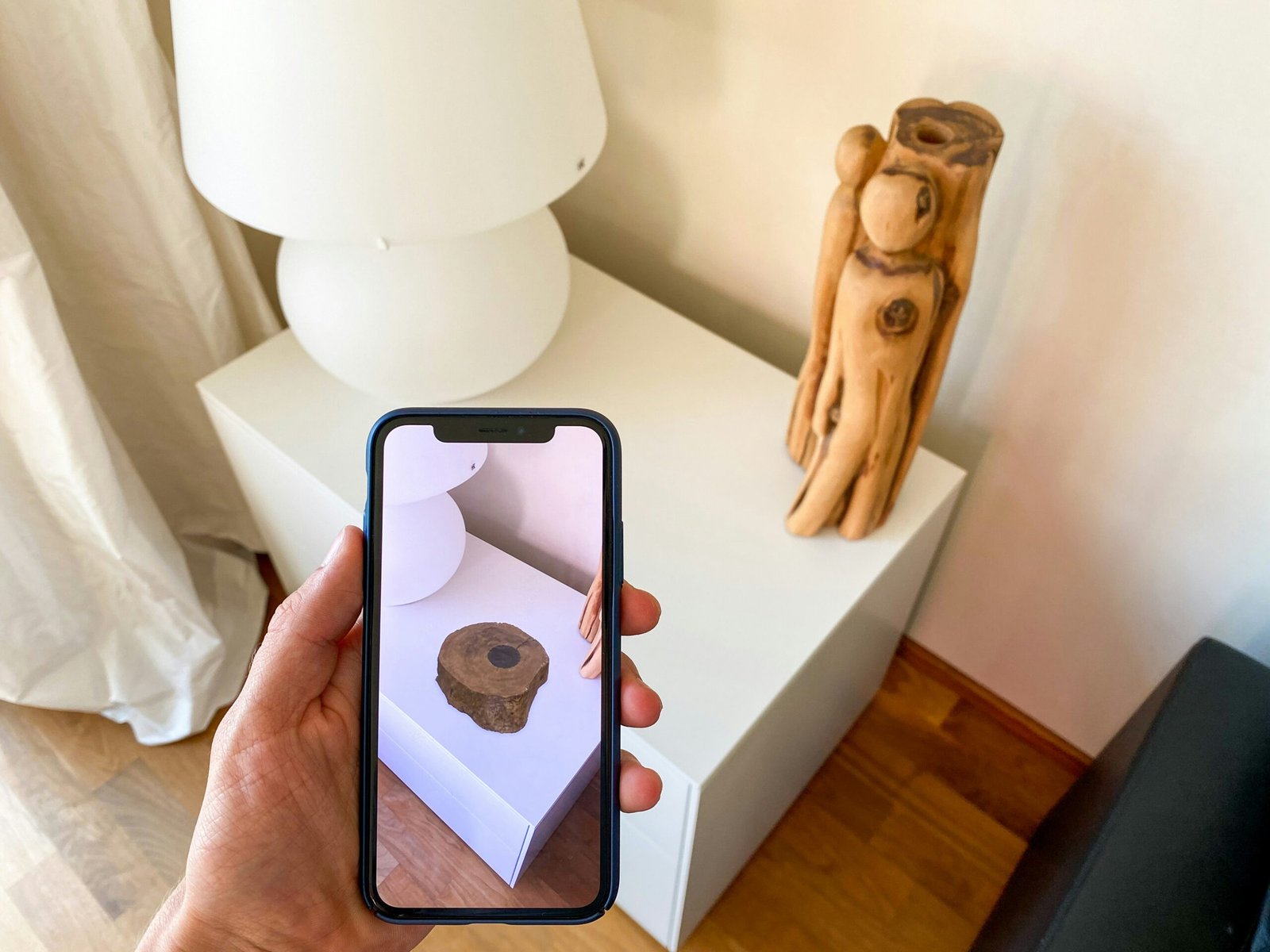In the realm of virtual networking events, the importance of UI/UX cannot be overstated. A well-designed user interface (UI) combined with an exceptional user experience (UX) plays a pivotal role in the success of these events. An intuitive and seamless interface can significantly enhance user engagement, enabling participants to effortlessly navigate the event, locate relevant sessions, and establish connections with other professionals.
One of the primary benefits of effective UI/UX design is the reduction of friction in user interactions. When participants can easily find and join sessions, access resources, and connect with peers, their overall experience improves, leading to increased satisfaction and repeat attendance. Conversely, poor UI/UX design can lead to frustration, diminished participation, and missed networking opportunities. Users may become discouraged if they encounter cumbersome navigation, unclear layouts, or unresponsive elements, ultimately detracting from the event’s value.
Several key UI/UX elements contribute to a positive virtual networking experience. Easy-to-use navigation menus are essential, allowing users to quickly locate their areas of interest. Clear and attractive layouts help maintain user engagement by presenting information in an organized and visually appealing manner. Interactive features, such as chat functions and virtual business card exchanges, facilitate real-time communication and networking, making it easier for participants to establish meaningful connections.
Moreover, the integration of personalized recommendations can further enhance the user experience. By leveraging data analytics, virtual networking platforms can suggest relevant sessions, contacts, and resources tailored to individual preferences and professional goals. Such personalized interactions can significantly boost engagement and satisfaction, fostering a more dynamic and productive networking environment.
In conclusion, the success of virtual networking events hinges on the effectiveness of their UI/UX design. By prioritizing intuitive navigation, clear layouts, and interactive features, organizers can create a seamless and engaging experience that maximizes networking opportunities and enhances participant satisfaction.
Designing Effective UI/UX for Virtual Networking Platforms
Designing an effective UI/UX for virtual networking platforms requires a deep understanding of the target audience. Tailoring the design to meet their specific needs and preferences is crucial for fostering meaningful professional connections. To begin with, simplicity should be a core principle. A clean and intuitive interface ensures that users can navigate the platform effortlessly, focusing on networking rather than grappling with complex menus or features.
Accessibility is another fundamental aspect. Ensuring that the platform is usable by individuals with varying abilities broadens its reach and inclusivity. This can be achieved through features like screen reader compatibility, high-contrast modes, and keyboard navigation support. Responsiveness is equally important, as users access these platforms from a variety of devices. A responsive design guarantees a seamless experience whether on a desktop, tablet, or smartphone.
To facilitate networking, incorporating engaging and interactive features is essential. Breakout rooms can simulate smaller, more intimate meeting spaces, fostering deeper connections. Virtual lobbies provide a space for casual interactions, mirroring the informal networking that occurs in physical events. Personalized matchmaking algorithms can enhance the user experience by connecting individuals with similar interests or professional backgrounds, increasing the likelihood of fruitful interactions.
Feedback loops and user testing are invaluable for iterating and improving the design. Regularly soliciting and analyzing user feedback helps identify pain points and areas for enhancement. Conducting usability tests ensures that the platform meets users’ needs and expectations, leading to continual refinement and improvement.
Incorporating elements like gamification can further enhance user engagement. Features such as badges, leaderboards, and challenges add a layer of fun and motivation, encouraging active participation. Integrating social media can also expand the platform’s reach and facilitate ongoing connections beyond the virtual event.
Overall, a thoughtful approach to UI/UX design, grounded in understanding the target audience and incorporating key principles and features, can significantly enhance the effectiveness of virtual networking platforms.












Leave a Reply